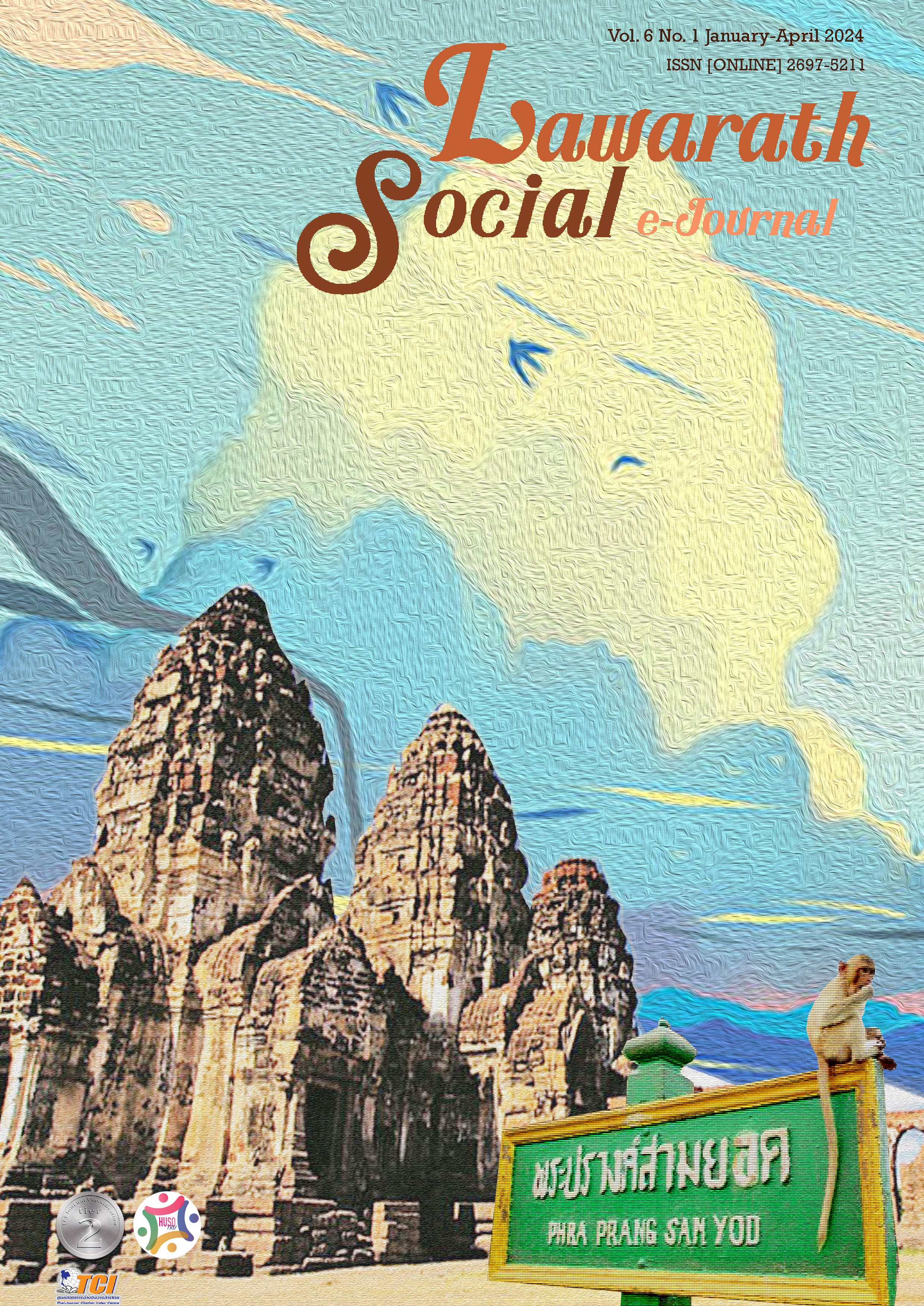Research on the Differentiation between Xiangxi Tie-dye and Nantong Tie-dye
Keywords:
Xiangxi Tie-Dyeing, Nantong Tie-Dyeing, Comparative Study, Traditional Art PreservationAbstract
Tie-dyeing is a specific fabric dyeing pattern resulting from binding and dyeing the fabric in particular ways. Tie-dyeing in China developed into diverse styles due to geographical, historical, and cultural factors. This paper compared the tie-dye products, development process, and sales mode in Xiangxi and Nantong. The development of tie-dye in Xiangxi is mainly a combination of traditional tie-dye and local tourism. In contrast, Nantong tie-dyeing is more modern in its techniques and production methods and thus is more innovative than traditional tie-dyeing. This paper identified the major problems in developing the tie-dye industry in Xiangxi: insufficient talent, low production efficiency, and low product quality. The current problems in Nantong include the tie-dye industry lacking designing talents, products lacking cultural heritage, and cooperates lacking brand awareness. This paper suggested that the tie-dye industry in Xiangxi and Nantong should learn from each other and improve personnel training, product marketing, and brand building to promote their status quo. This research is conducive to the target protection of the tie-dye industry and the inheritance of other traditional handicraft arts.
Downloads
References
Appreciation Craftsmanship, Government of Hunan. (2014). Phoenix Tie-Dyeing Skills. Retrieved March 1, 2023, from http://hunan.gov.cn/hnszf/jxxx/hxwh/sgy/201711/t20171111_4685285.html.
Geographia Map Company. (1879-1958). Map of China. Retrieved March 1, 2023, from https://www.loc.gov/item/2006458819
Liang, H., Gu, M., &Liu, S. (2009). Design and Application of Artistic Dyeing and Finishing Process. n.p.: China Textile & Apparel Press.
Liu, W., &Liu, H. (2022, October). Research on the Current Situation and Development Path of Traditional Handicrafts in Xiangxi Taking Printing and Dyeing Technology as an Example. Green Packaging, 7(10), 156-160.
Lu, Z. (2014, June). A Brief Analysis of the Evolution of Tie-Dyeing in Nantong. Art and Literature for the Masses, 8(11), 69.
Netease News. (2017). Tie-Dyeing of Hand-Printed Dyeing, the Elves Between the Stitches. Retrieved March 1, 2023, from https://www.163.com/dy/article/CMJO230I0514H4IG.html.
The People’s Government of Hunan Province. (2014). Phoenix pattern in tie-dye in Xiangxi. Retrieved March 1, 2023, from http://hunan.gov.cn/hnszf/jxxx/hxwh/sgy/201711/t20171111_4685285.html
Tian, T. P. (2013). Introduction to Folk Art in Xiangxi. Hunan: Hunan Normal University Press.
Wang, L. (2019). Tie-Dyeing Techniques and Application Design. n.p.: China Textile & Apparel Press.
Xiaoman, M. (2017). Blossoming Mountain Flowers. Retrieved March 1, 2023, from https://www.163.com/dy/article/CMJO230I0514H4IG.html)
Yang, J. (2010). Tie-Dye Art Tutorial. Tsinghua: Tsinghua University Publishing House.
Zhang, Q. (2007, November - December). Tie-Dye Patterns and their Application in Modern Clothing. Art Hundreds of Art, 22(6), 206-207.
Zhang, Y. (2000). Tie-Dye Patterns and their Production Characteristics. n.p.: Melliand China.
Zhang, Y. (2020). The Research on the Application of Combining Tie-Dyeing Art with Digital Printing Technology-Take the Tie-Dye of the Bai People of Dali as an Example. Master's thesis, Yunnan Arts University.
Zheng, X., &Jiang, S. (2018, January). Marketing Strategy Analysis of Intangible Cultural Heritage Tie-Dye Products: Based on the Investigation of Haian County in Nantong. Business Story, 12(2), 82-83.
Zhu, X., &Zhang, B. (2019). From Thread to Writing: A Study of Tie-Dyeing. Shanghai: Shanghai Business Press.
Downloads
Published
How to Cite
Issue
Section
License

This work is licensed under a Creative Commons Attribution-NonCommercial-NoDerivatives 4.0 International License.



